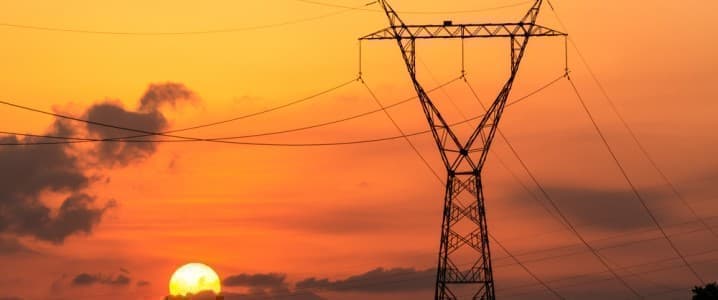
Southeast Asia’s role in the global energy system is set to grow strongly over the next decade, according to the International Energy Agency’s (IEA) most recent publication. The region will contribute heavily both to energy production as well as global demand, as its population expands rapidly, and several countries undergo industrialization. Several emerging economies, such as Vietnam, Thailand, and Malaysia will play a major role in the global energy market in the coming decades, but they will need greater economic support if they are to achieve their climate pledges.
The sixth edition of the IEA’s Southeast Asia Energy Outlook covers energy developments in Brunei Darussalam, Cambodia, Indonesia, Lao People’s Democratic Republic (Lao PDR), Malaysia, Myanmar, the Philippines, Singapore, Thailand and Vietnam.
The report forecasts that Southeast Asia will become one of the world’s biggest energy-demand regions due to its rapid economic, population, and manufacturing expansions. This will threaten the region’s energy security and is expected to encourage political powers to develop and diversify their energy sectors. Southeast Asia is currently set to contribute 25 percent of the world’s energy demand growth between 2024 and 2035. The region’s electricity demand is expected to increase most rapidly, at an annual rate of around 4 percent.
The deployment of wind, solar, modern bioenergy, and geothermal energy projects across the region is expected to meet over a third of the growing electricity demand by 2035. This means that while Southeast Asia will expand its renewable energy capacity, it is expected to continue to rely heavily on fossil fuels to meet its high energy demand. Therefore, the IEA predicts that the region’s carbon dioxide emissions will increase by around 35 percent between 2024 and 2050.
The IEA’s Executive Director Fatih Birol explained, “Countries in the region have a diverse mix of energy sources including highly competitive renewables. But clean energy technologies are not expanding quickly enough and the continued heavy reliance on fossil fuel imports is leaving countries highly exposed to future risks. Southeast Asia has made great progress on issues such as energy access, clean cooking, and developing clean energy manufacturing, but now it must ramp up efforts to deploy those technologies at home. Access to finance and investment for the region’s fast-growing economies will play a pivotal role in strengthening their energy security and delivering on their emissions reduction goals.”
Of the 10 member states of the Association of Southeast Asian Nations (ASEAN), eight have set net-zero emissions goals, which demonstrates the region’s dedication to undergo a green transition. To achieve these goals, greater foreign investment must be dedicated to the region, according to the IEA. At present, Southeast Asia attracts just 2 percent of global clean energy investment. This will need to increase fivefold, to $190 billion in 2035, to put the region on track to achieve its climate pledges. This should be supported by the introduction of national emissions reduction strategies, with a close focus on decarbonizing the burgeoning coal sector. Greater investment must also be contributed to expanding and modernizing the region’s grid system.
China will continue to be a major contributor to global energy production and demand. However, several often-overlooked emerging economies in Southeast Asia will also play a significant role in the global energy outlook. Many countries in the region continue to rely heavily on fossil fuels, particularly coal. In September, the Indonesian Coal Miners Association reported that it expects annual coal imports by Southeast Asian countries, including Vietnam and the Philippines, to increase by almost 3 percent per year on average, from 140.9 million tonnes in 2023 to 170.9 million metric tonnes by 2030.
However, while coal production and imports will increase, so too will renewable energy capacity across the region. Vietnam is expected to continue leading Southeast Asia as the biggest renewable power market, followed by Indonesia and the Philippines. However, “the projected doubling in renewable capacity to 2030 is modest compared with global trends and falls well short of what is needed to match the growth in electricity demand”, the IEA report states.
The growth in Indonesia’s renewable energy sector will be closely tied to the high levels of foreign investment that are expected to be seen in the sector. In November 2023, the Indonesian government launched the Comprehensive Investment and Policy Plan (CIPP) from the Indonesia Just Energy Transition Partnership (JETP), which marks the government’s commitment to accelerate the development of renewable energy by 2050.
The International Partners Group and Glasgow Financial Alliance for Net Zero are contributing $21.6 billion in funding to achieve the goals outlined in the CIPP. The financing will contribute to cutting Indonesia’s grid emissions sharply, as well as support the increase in the country’s green energy capacity. This initiative demonstrates how greater foreign investment could contribute to the acceleration of a green transition in the region, which may not otherwise be achieved in the coming decades.





























